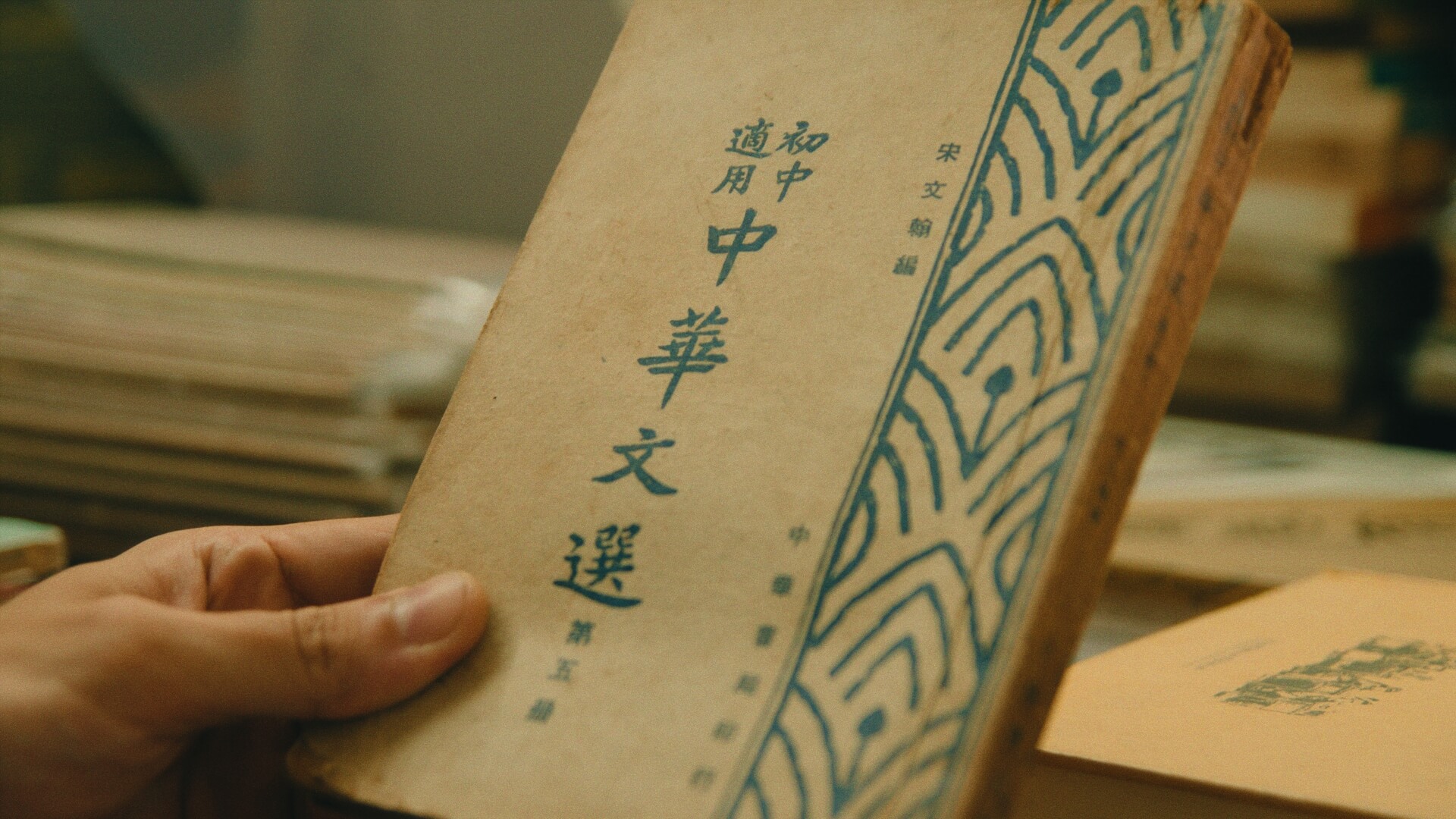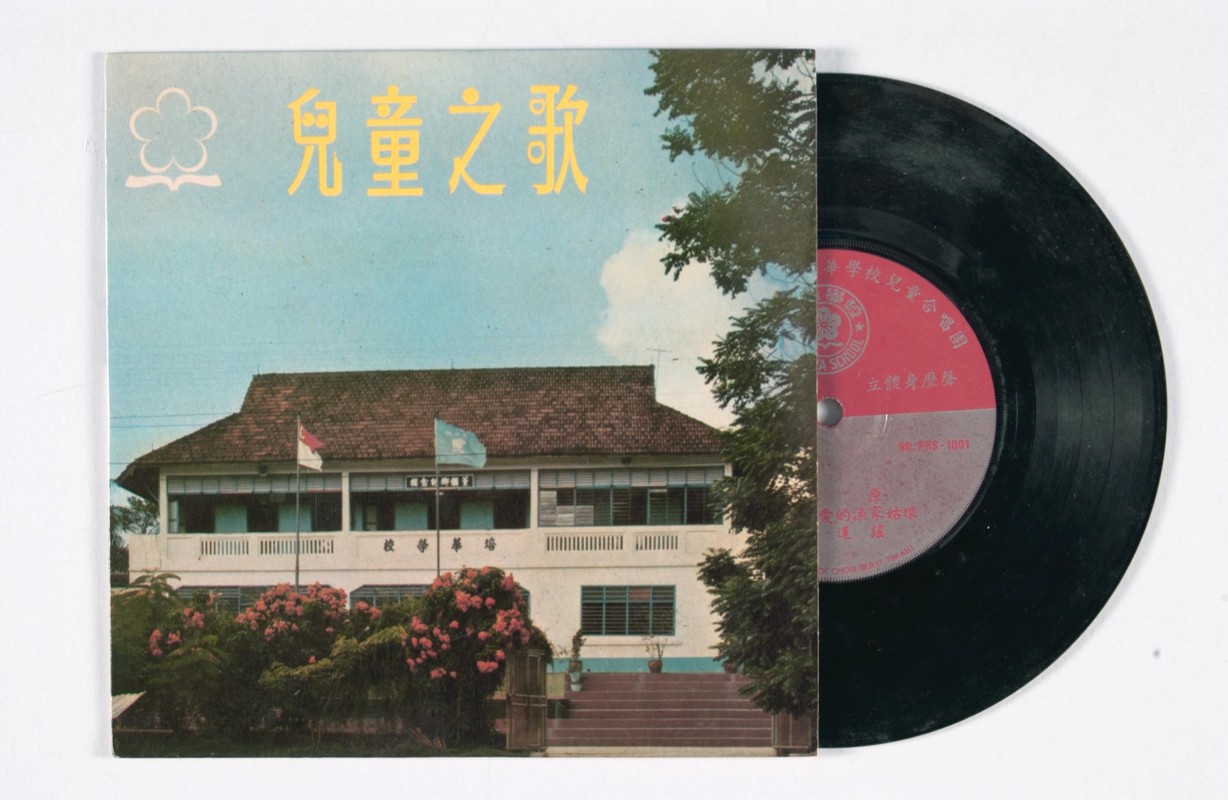A common mother tongue: The impact of Chinese education in Singapore
Chinese education — by which we mean education in schools where Standard Chinese or Chinese dialects were the medium of instruction — existed in Singapore for nearly a century. It played an important role in improving the education levels, cultural development, and quality of life of the Chinese.
Education as social responsibility
According to the Census of Population in 1920, for every 1,000 Chinese males in Singapore, Malacca, and Penang combined, only 59 were attending school. This meant that less than 6% of Chinese males at the time had the opportunity to receive an education. The proportion of educated females, as one might expect, was lower.1 This was the situation in the relatively developed areas of the Straits Settlements — education levels in other parts of British Malaya could possibly be much lower.

Fast forward to 1949, and approximately 70% of the more than 100,000 school-aged children in Singapore were enrolled in 319 Chinese-language schools. These schools were run by civilian organisations without any funding from the colonial government.
The hundreds of Chinese-language schools established all over the island offered general education to the masses before the authorities started to provide free primary education in the 1950s. They gave children from average and low-income households the opportunity to receive basic education. In the long interval in history before the government provided compulsory education, these schools took on the social responsibility of educating children.
The general education provided by Chinese-language schools opened up the minds of the local Chinese community, transforming their overall mindset and outlook on life.
‘I write what I speak’: A modern language for the masses
In China at the beginning of the 20th century, the confluence of the Vernacular Language Movement (Baihuawen yundong) and the National Language Movement (Guoyu yundong) had an epochal impact. The former was advocating a new, unified written language, while the latter called for a common spoken language. The confluence of the two movements gave rise to the modern language of “I write what I speak”. It became a powerful education and communication tool that children and adults alike could easily master with reasonable effort in learning. The key role modern language played was enabling education for the masses. Widespread education provided everyone with the opportunity to acquire knowledge and immerse themselves in culture, which promoted class mobility and transformed society. Education was no longer limited to the rich and powerful.
Mandarin was the medium of instruction in local Chinese schools. Although the language originated from the northern part of China — and initially had little relation to the vast majority of Chinese in Singapore who were of southern China origin — education in Chinese schools allowed them to master this language, which was rapidly developing into the lingua franca of the Chinese community. Mandarin soon became the language used in the newspapers, magazines and books of the Chinese world to spread ideas and promote learning. Singapore’s local Chinese, who had mastered the language in Chinese schools, were able to absorb knowledge from those publications without difficulty. They could broaden their horizons and develop an understanding of the world — which promoted social mobility and transformed the community.
Moreover, Chinese education reinforced the collective identity of the Chinese community. In Singapore, the Hokkien, Cantonese, Teochew, Hainanese and Hakka immigrants formed communities so they might look out for their own — people with whom they shared geographical and blood ties. The colonial authorities’ strategy of “divide and rule” strengthened the clan structures in the Chinese community. However, Chinese schools standardised the medium of instruction, and Mandarin was able to transcend dialectal differences and clannishness to unify the Chinese community. Chinese education, as well as the mode of Chinese language education that followed, allowed the Chinese in Singapore to form a collective unit in society through a common mother tongue. They worked together with the Malays, Indians and Eurasians to make a new country home.
This is an edited and translated version of 共同母语与集体认同:新加坡华文教育的影响. Click here to read original piece.
| 1 | J. E. Nathan, The Census of British Malaya 1921 (London, Dunstable, and Watford: Waterlow & Sons Limited, 1922), 120. |
Choi, Kwai Keong. Xinma huaren guojia rentong de zhuanxiang 1945–1959 [The turn of Chinese national identity in Singapore and Malaysia (1945–1959)]. Rev. ed. Singapore: Singapore Youth Bookstore, 2007. | |
Doraisamy, T. R. 150 Years of Education in Singapore. Singapore: TTC Publication Board, Teachers Training College, 1969. | |
Gao, Hong Keng, ed. Xinjiapo huaxiao lianhehui nianzhounian jinian tekan [The 20th anniversary commemorative booklet of the Singapore Chinese Schools’ Conference]. Singapore: Singapore Chinese Schools’ Conference, 1968. | |
Koh, Soh Goh. Xinjiapo huaqiao jiaoyu quanmao [Overview of overseas Chinese education in Singapore]. Singapore: Nanyang Press, 1950. | |
Lee, Ting Hui. Chinese Schools in British Malaya: Policies and Politics. Singapore: South Seas Society, 2006. | |
Neo, Peng Fu. “Kaizhi qimeng, xin jin huo chuan: cong huawen jiaoyu dao huawen jiaoxue” [Enlightenment and continuation: from Chinese education to Chinese language instruction]. In Xinjiapo huaren tongshi [A General History of the Chinese in Singapore], edited by Kua Bak Lim, 415-424. Singapore: Federation of Chinese Clan Associations of Singapore, 2015. | |
Neo, Peng Fu. Xinjiapo huaxiao lianhehui shigang: qian li zhi xing shi yu zu xia, 1946–1956 [History of the Singapore Chinese Schools’ Conference: a journey of a thousand miles begins with a single step, 1946–1956]. Singapore: Singapore Society for Chinese Education, 2018. | |
Poon, Sing Wah, ed. Xiaoshi de huaxiao: guojia yongyuan de zichan [Vanishing Chinese Schools: a perpetual national asset]. Singapore: Federation of Chinese School Alumni Associations, 2014. | |
Singapore Legislative Assembly. Report of the All-Party Committee of the Singapore Legislative Assembly on Chinese Education. Singapore: Government Printing Office, 1956. | |
Singapore Ministry of Education. Report on the Ministry of Education 1978. Singapore: Singapore Ministry of Education, 1979. | |
Tang, Qing, ed. Xinjiapo huawen jiaoyu [Chinese education in Singapore]. Taipei: Overseas Chinese Publishing House, 1964. | |
Tay, Liang Soo. Malaixiya huawen jiaoyu fazhan shi [History of the development of Chinese education in Malaysia], Vol. 1. Kuala Lumpur: Malaysia Chinese School Teachers’ Association, 1998. | |
Wee, Tong Bao. “Xin ma yin huaxiao jiaokeshu fazhan (1900–1941)” [The Development of Chinese Education in Singapore (1900–1941)]. In Xin ma yin huaxiao jiaokeshu fazhan huigu [Review of textbook development in Chinese schools in Singapore, Malaysia, and Indonesia], edited by Yeap Chong Leng and Wee Tong Bao. Singapore: The Chinese Heritage Centre, 2005. | |
Wu, Hua. Xinjiapo huawen zhongxue shilue [A Brief History of Chinese Secondary Schools in Singapore]. Singapore: Educational Publishing House, 1976. | |
Yeap, Chong Leng, and Wee, Tong Bao, eds. Xin ma yin huaxiao jiaokeshu fazhan huigu [Review of textbook development in Chinese schools in Singapore, Malaysia, and Indonesia]. Singapore: The Chinese Heritage Centre, 2005. |










